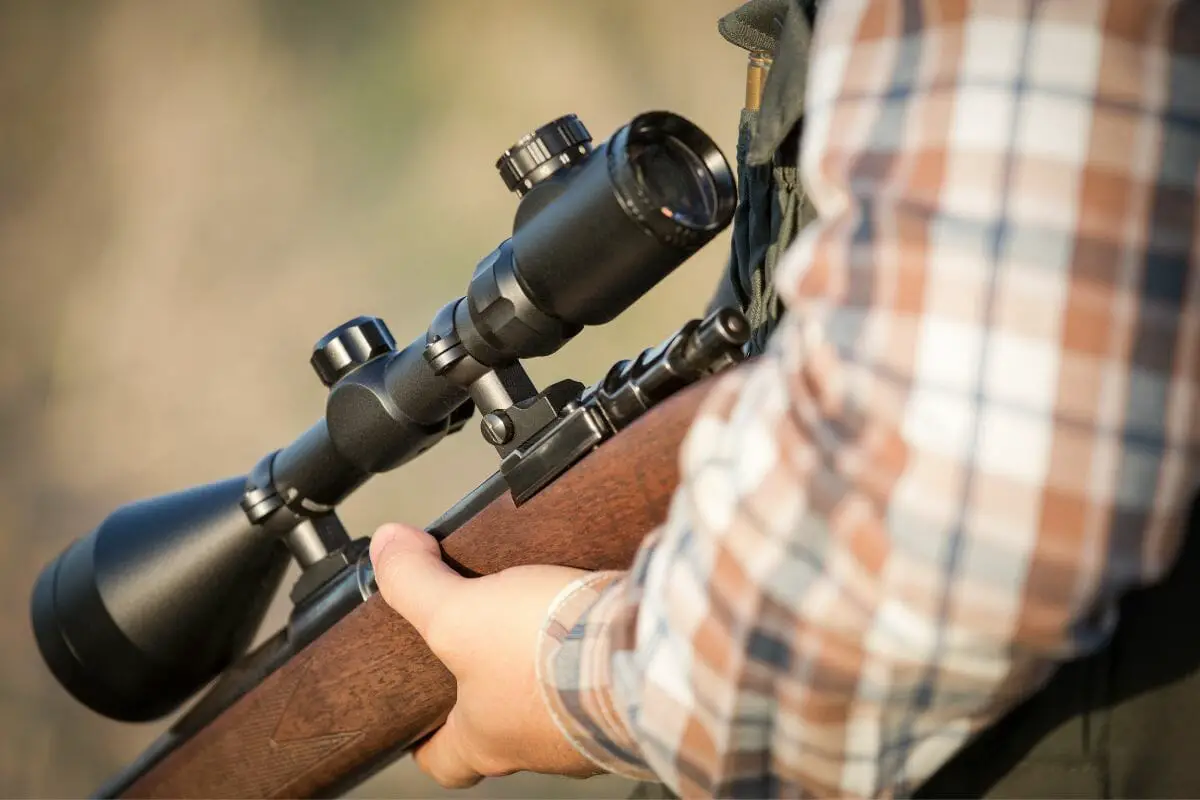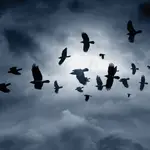When it comes to wildlife conservation, every country, region or continent needs to abide by a set of principles.
These principles exist to guide wildlife conservation organizations in their methods and also help governments to make decisions regarding wildlife protection.

After experiencing some serious conservation issues in the late 19th century which led to the decline of the American Bison population as a result of excessive hunting, North America put several tenets of wildlife conservation in place to prevent such wildlife crises in the future.
Now, the North American Model of Wildlife Conservation is officially in place, and the tenets are written into law for organizations and the government to follow.
Background On The North American Wildlife Model Of Conservation
During the colonial period of North America’s history, there weren’t many laws in place to make sure that wildlife populations were protected.
As a result, people in North America hunted and fished as they pleased, and wildlife populations started to decline dramatically.
At the same time, North American wildlife was being further depleted by habitat destruction due to plowing and road construction. This led to some animal species, such as the passenger pigeon, for example, to go extinct entirely.
However, even species that did not go extinct completely suffered. Wild turkeys almost went extinct at this point, as did the white-tailed deer and the American bison.
Luckily, powerful people in politics at the time such as John Muir and Theodore Roosevelt Jr. as well as Aldo Leopold pushed for changes that would help to protect North American wildlife in the future.
It wasn’t until 1918 that laws started to be passed to protect wildlife in North America. This was when the Migratory Bird Treaty act was passed.
After this, more progress continued to be made in 1934 with the passing of the Migratory Bird Hunting and Conservation Stamp Act. In 1937, the Wildlife Restoration Act passed, and 13 years later in 1950 the Sport Fish Restoration Act passed as well.
Because of the passing of all of these acts, industry, the federal government and individual states managed to come together in a partnership.
This laid the foundation for the North American Model Wildlife Model of Conservation.
What Are The Core Principles Of The Model?
So, what are the core principles involved in the North American Wildlife Model of Conservation?
There are several principles, also known as tenets, which make up the model as a whole, and these are as follows:
1. Legitimate Reasons For Wildlife Hunting
According to the North American Wildlife Model of Conservation, wild animals must only be hunted and killed for legitimate reasons, which are outlined in the model.
While killing game for food or in self-defense (including the defense of property and livestock) is acceptable under the model, killing for any other purpose is not acceptable.
Even if you have a hunting license in North America, it is considered unethical and even unlawful to kill a wild animal and not use it for one of the above purposes. This means that hunting purely for sport is not permitted.
2. Wildlife As An International Resource
The North American Wildlife Model of Conservation calls upon the public and the government to view wildlife in the region as an international resource.
What this means is that wildlife cannot be viewed as existing only within certain geographical and political boundaries. Instead, managing wildlife is something that involves international treaties and international cooperation.
3. Wildlife Policy Based On Science
According to the North American Wildlife Model of Conservation, all decisions regarding wildlife policy must be based on science.
This is one of the most important tenets of the model, and it’s integration into the model dates back to the 1930s, when Aldo Leopold wrote that conservation should be overseen by people who are trains in wildlife biology and are able to make decisions based on scientific evidence and expertise as opposed to emotional reasons such as a desire to continue with tradition or for reasons of self-interest.
4. Elimination Of Commercial Hunting
As stated above, there are acceptable reasons for hunting under the North American Wildlife Model of Conservation, but these reasons do not include commercial hunting.
Commercial hunting is the hunting and killing of wildlife for the purpose of selling meat or animal parts at economic markets. This type of hunting is mostly unsustainable, so it has been banned under the model.
This tenet came into existence in 1900 with the Lacey Act, which declared that market hunting was now illegal.
5. Legal Allocation Of Wildlife
The North American Wildlife Model of Conservation has ensured that wildlife is legally allocated to the public rather than allocating wildlife based on land ownership or market principles.
The Bald and Golden Eagle Protection Act of 1940 as well as the Marine Mammal Protection Act (1972) are examples of legal regulation of wildlife access.
Other examples include the Endangered Species Act, which passed in 1973, and the Endangered Species Preservation Act, which passed alongside the Fur Seal Act in 1966.
6. Hunting As A Democracy

One reason why hunting has not been banned altogether in North America is because the hunting industry provides a lot of funding for wildlife (see also: Hunting To Be Banned? How Wildlife Would Be Affected)conservation.
Therefore, open access to hunting is a tenet of the North American Wildlife Model of Conservation, as suggested by Theodore Roosevelt.
7. Wildlife Held In Public Trust
The final tenet of the North American Wildlife Model of Conservation is that wildlife should be held in the public trust.
Under this tenet, the fact that an individual owns an area of land does not make that person the owner of wildlife therein. Wildlife is owned by all North American citizens, and this has been the case in North America since 1842.
Frequently Asked Questions
Who Created The North American Wildlife Model Of Conservation?
While many powerful people were involved in the creation of the North American Wildlife Model of Conservation, the tenets contained in the model are largely based on Aldo Leopold’s writings from the 1930s.
Who Funds The North American Wildlife Model Of Conservation?
The North American Wildlife Model of Conservation is mostly funded by the hunting industry because the money from fishing and hunting licenses as well as tax on the necessary equipment go straight to the American System of Conservation Funding.
Why Do We Have The North American Wildlife Model Of Conservation?
The North American Wildlife Model of Conservation still exists in 2022 because environmental issues mean that conservation is a bigger issue than ever, and without this kind of model, certain animal species in North America would quickly become extinct.
Final Thoughts
The North American Wildlife Model of Conservation is a set of tenets that started to develop officially in the early 1900s, but has its roots in the late 1800s because of the extinction and near-extinction of wildlife due to excessive hunting and overfishing.
The tenets in the North American Wildlife Model of Conservation ensure that, while open access hunting remains legal, hunting purely for the sake of sport or sales without a valid reason is outlawed, even for individuals who own land.
They also make sure that wildlife conservation decisions are made on the basis of science and that wildlife is viewed as an international resource.








